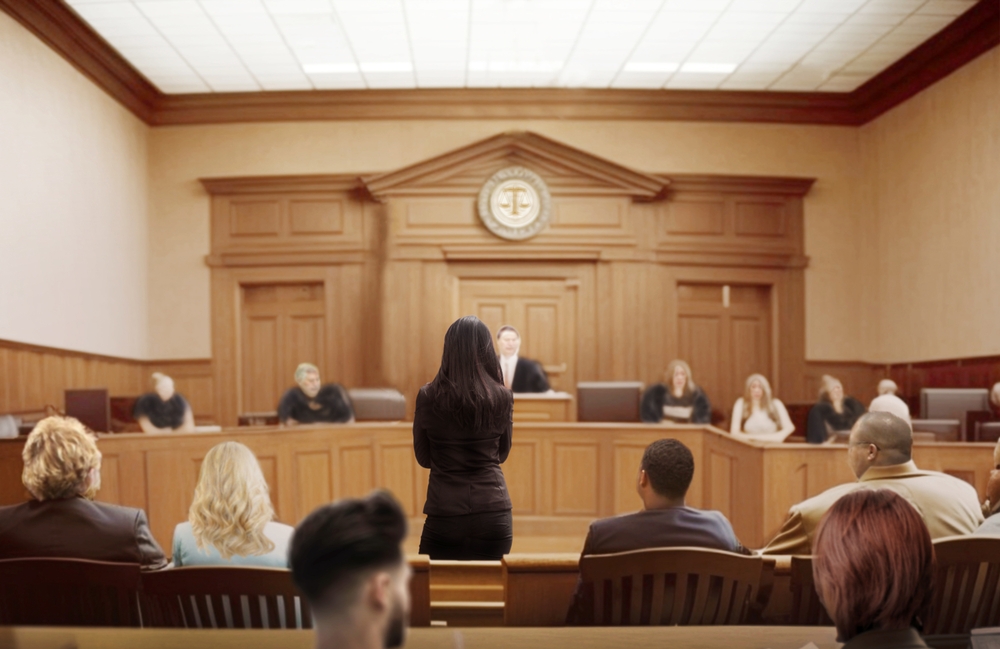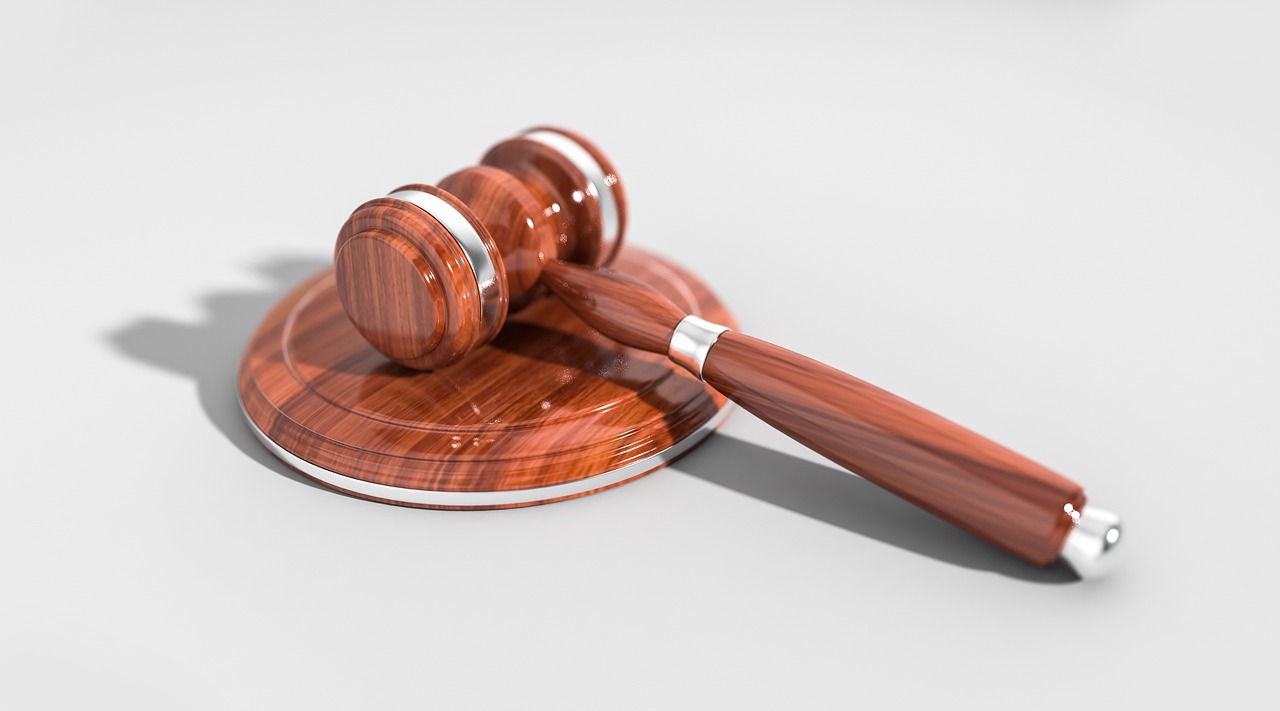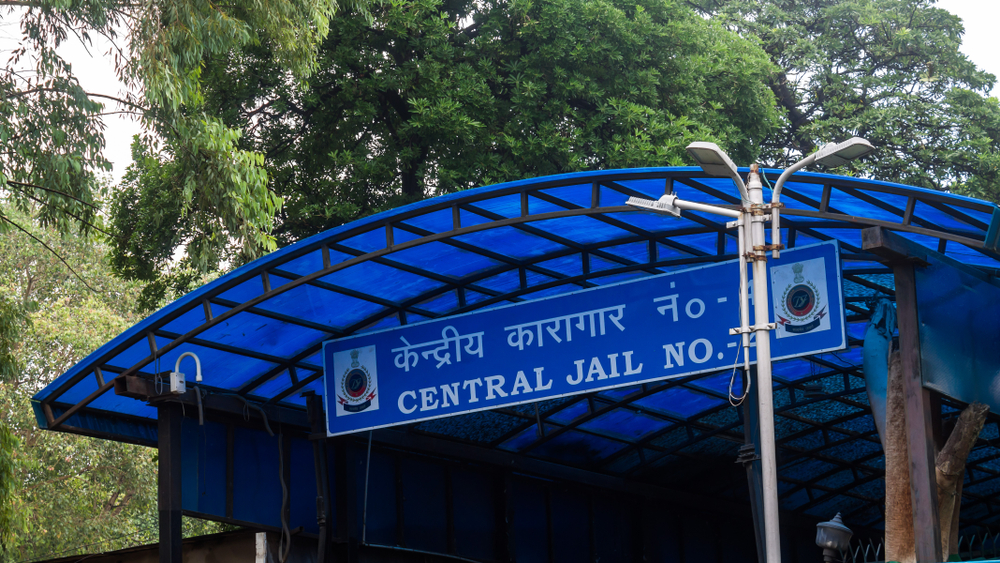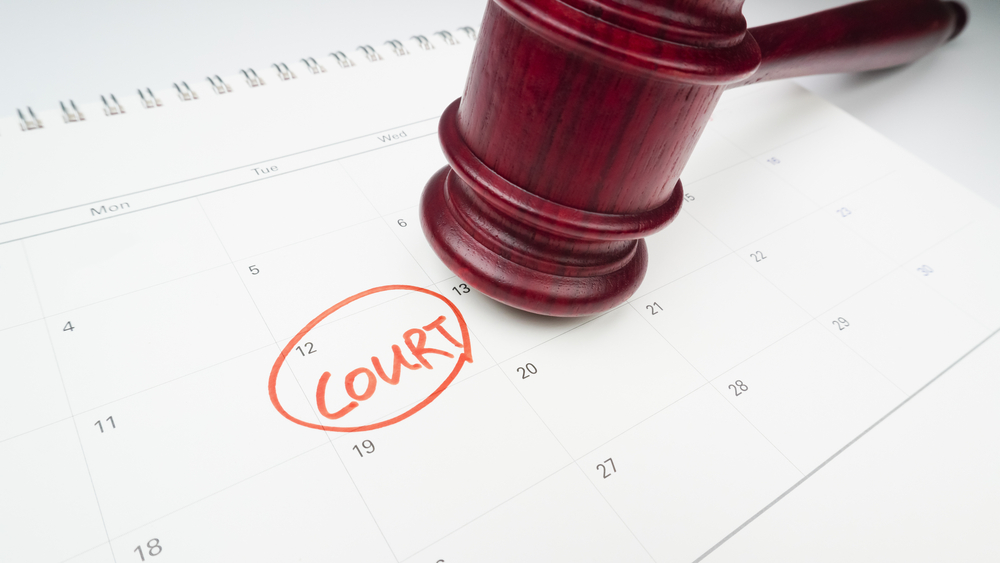The 12 steps in a trial, in sequential order, typically include…
- Jury Selection (Voir Dire) – The process by which potential jurors are questioned and selected to serve on the jury panel.
- Opening Statements – Attorneys for both the prosecution and the defense present their opening statements, outlining the facts of the case, the evidence they expect to present, and the arguments they intend to make.
- Presentation of Evidence by the Prosecution – The prosecution presents its case-in-chief, calling witnesses, introducing exhibits, and presenting evidence to support its charges against the defendant.
- Cross-Examination by the Defense – The defense has the opportunity to cross-examine the prosecution’s witnesses to challenge their testimony, credibility, and the prosecution’s case.
- Motion for Judgment of Acquittal – At the close of the prosecution’s case, the defense may make a motion for a judgment of acquittal if it believes that the prosecution has failed to present sufficient evidence to support a conviction.
- Presentation of Evidence by the Defense – The defense presents its case-in-chief, calling witnesses, introducing exhibits, and presenting evidence to rebut the prosecution’s case and support the defendant’s innocence.
- Cross-Examination by the Prosecution – The prosecution has the opportunity to cross-examine the defense’s witnesses to challenge their testimony and credibility.
- Rebuttal Evidence – Both sides may present rebuttal evidence to respond to issues raised during the opposing party’s case-in-chief.
- Closing Arguments – Attorneys for both sides present their closing arguments, summarizing the evidence presented and making final persuasive appeals to the judge or jury.
- Jury Instructions – The judge instructs the jury on the law applicable to the case, explaining the legal standards they must apply in reaching their verdict.
- Jury Deliberation – The jury deliberates in private to reach a verdict based on the evidence presented and the judge’s instructions on the law.
- Verdict – The jury returns to the courtroom and announces its verdict, finding the defendant either guilty or not guilty of the charges. If the trial is conducted without a jury (a bench trial), the judge issues a verdict.
These steps may vary slightly depending on the jurisdiction and the specific rules and procedures of the court. Certain types of trials, such as bench trials conducted without a jury or specialized proceedings like preliminary hearings, may involve different procedures.






